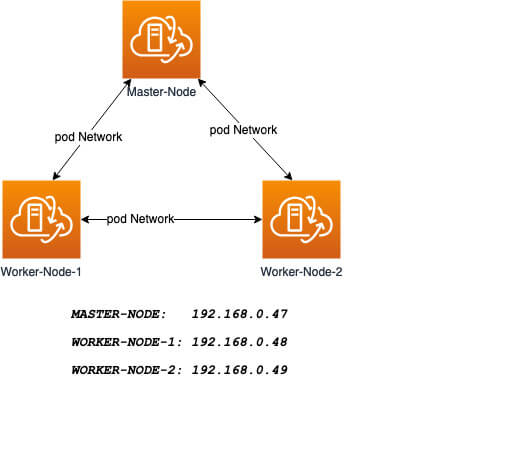

In order to have a more organized structure let’s first create a working directory under your local machine.įor example, you can call it kubernetes. php-apache image - one universal image that will be deployed into three separate containers responsible for API calls under, cloud account available under kenzap.cloud/account/ subpath and main website that operates under kenzap.cloud domain.phpmyadmin image - used for mysql data administration and will by exposed to Internet access under db.kenzap.cloud subdomain.mysql:8.0 image - used to store all data of our project inside kubernetes cluster.In this tutorial we use these docker images that are publicly available through docker hub: Now you can execute any kubectl command to manage your cluster directly on your local machiene. Then run: cd ~/.kube & kubectl -kubeconfig="kenzap-kubeconfig.yaml" get nodesĭoctl kubernetes cluster kubeconfig save kenzap It is recommended that you follow guide under DigitalOcean account for this step or follow this guide for more details. In my case the file is kenzap-kubeconfig.yaml. brew install doctlĭownload the configuration file of your newly created cluster to ~/.kube directory. Then install DigitalOcean command-line tool doctl.

On your local Mac machine install Kubernetes command-line tool kubectl. Sign in, choose datacenter region and click on Create Cluster button. I choose managed Kubernetes service DOKS because I am an existing customer of DigitalOcean. Microsoft’s Azure Kubernetes Service (AKS).Amazon’s Elastic Kubernetes Service (EKS).There are two options here create it manually or use managed Kubernetes service from one of the following providers: How to sync files between local PC and Kubernetes running containers.How to organize comfortable CI/CD development environment.How to build custom docker images and run them in Kubernetes.How to deploy any technology stack (PHP, Apache, MySQL in this example) containers.This guide is a full stack solution for micro-service architect beginners who need to find answers to the following questions:


 0 kommentar(er)
0 kommentar(er)
